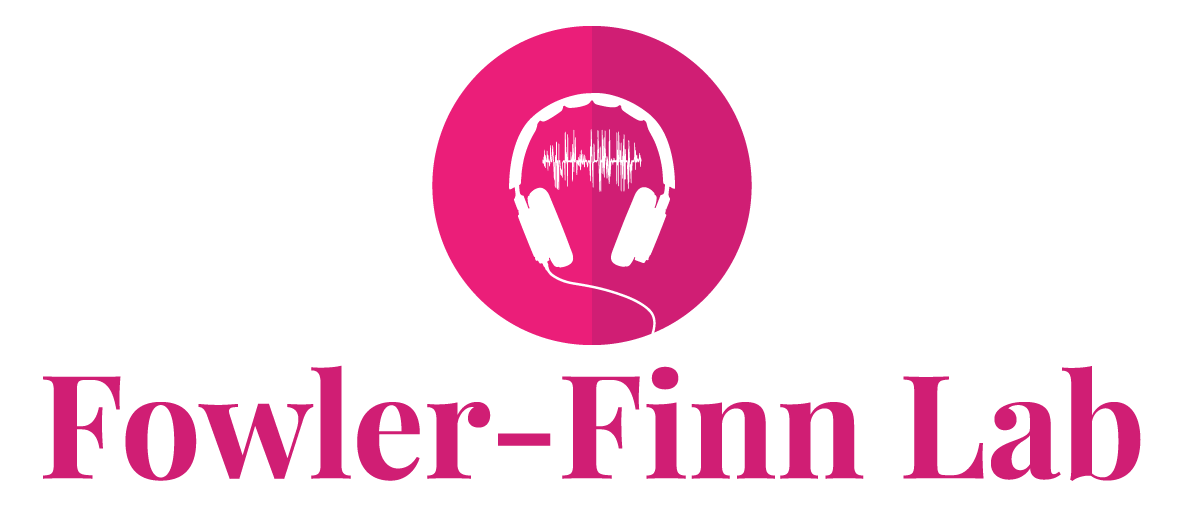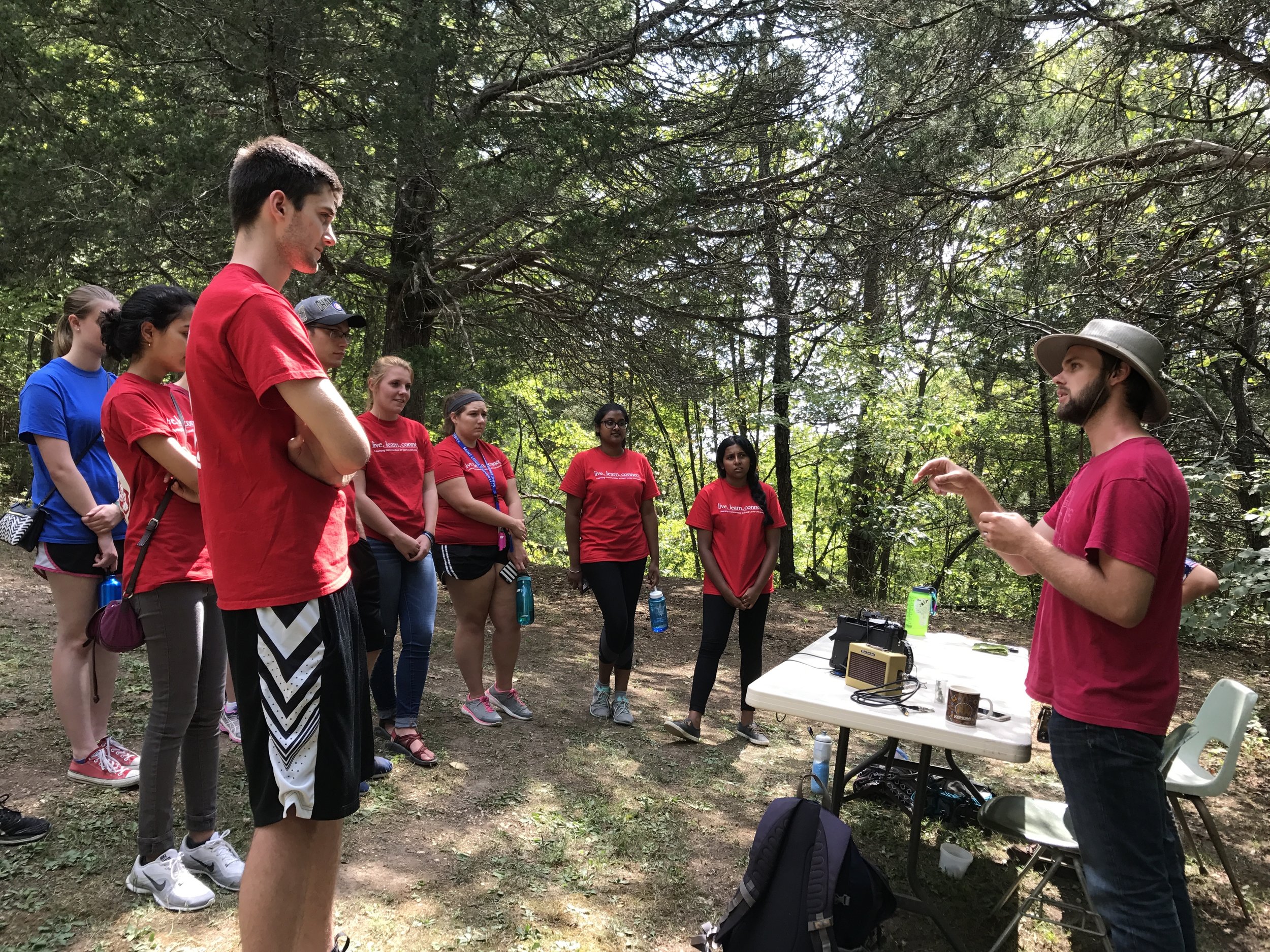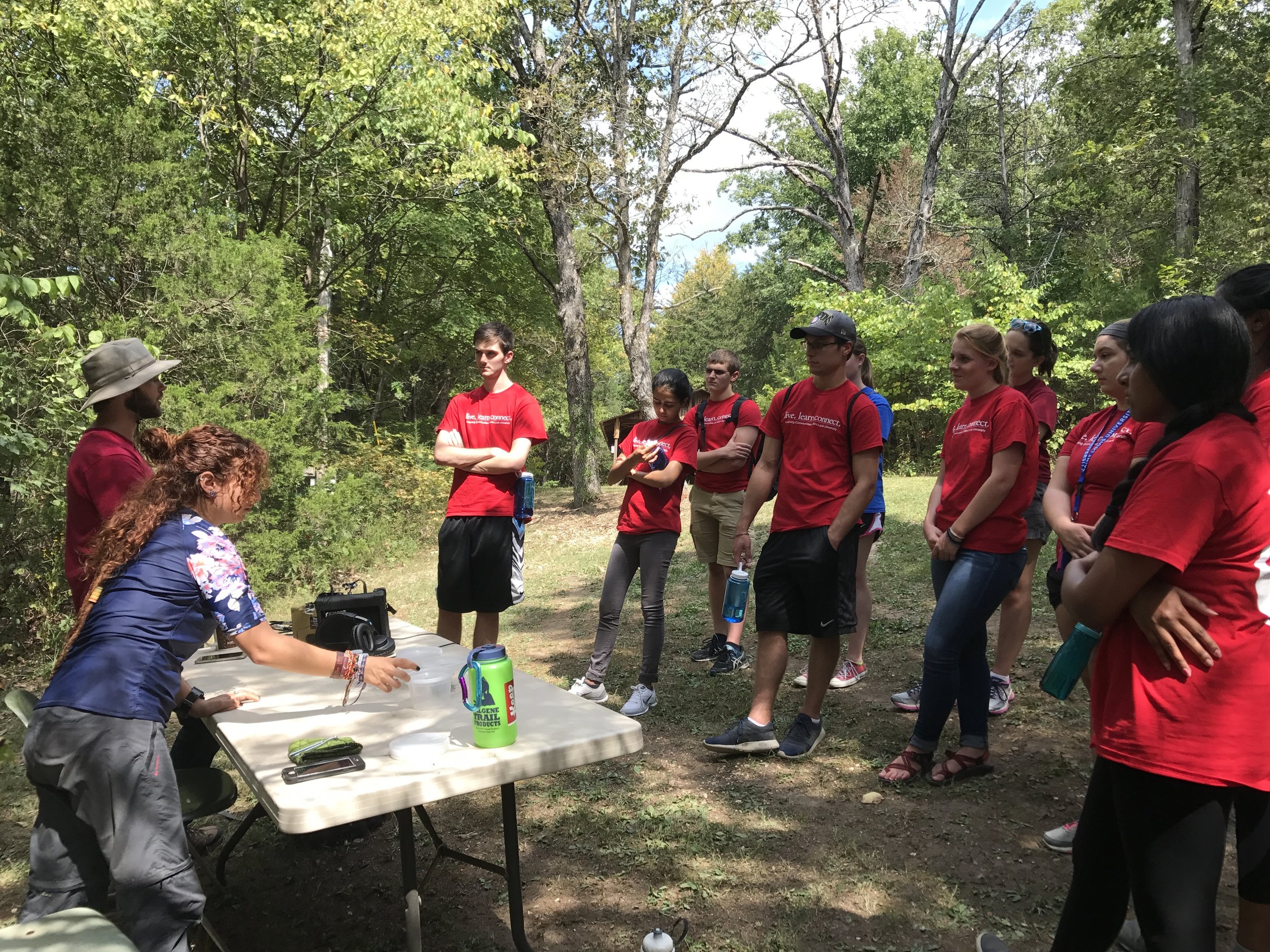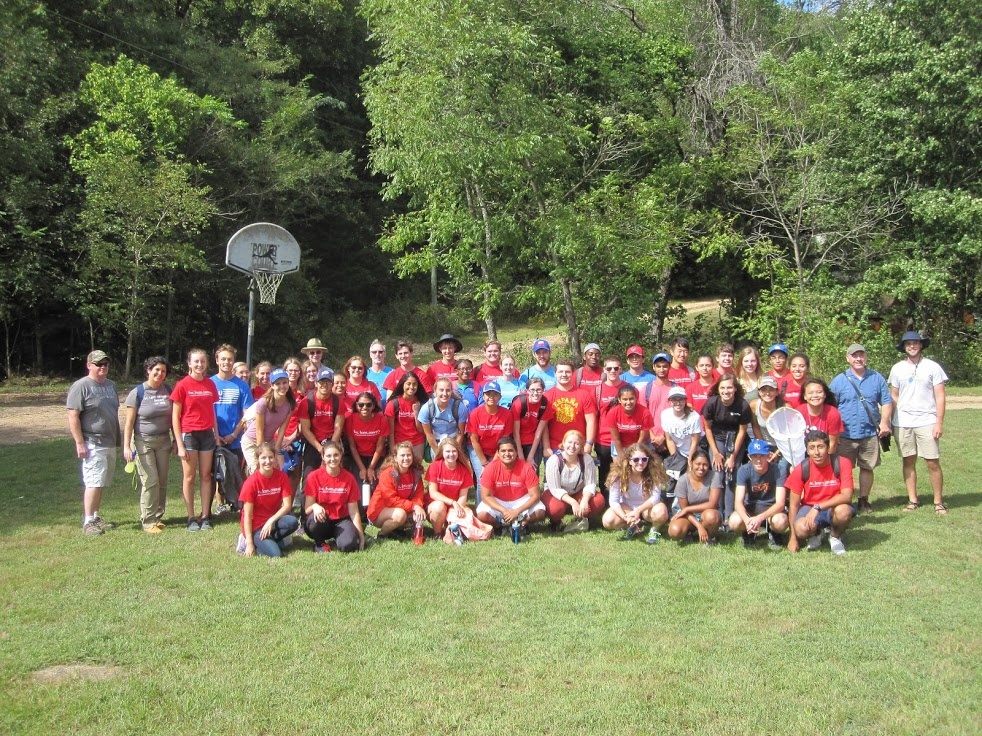The National Science Education Standards defines science literacy as “the knowledge and understanding of scientific concepts and processes required for personal decision making, participation in civic and cultural affairs, and economic productivity.” We live in an age of constant scientific discovery — a world shaped by revolutionary new technologies. We work to promote and encourage science literacy through our outreach initiatives.
Featured science literacy initiatives
BioBlitz
engaging citizen scientists in data collection
A BioBlitz is an intense period of biological surveying in an attempt to record all the living species within a designated area. Groups of scientists, naturalists and volunteers conduct an intensive field study over a continuous time period (e.g., usually 24 hours). There is a public component to many BioBlitzes, with the goal of getting the public interested in biodiversity. To encourage more public participation, these BioBlitzes are often held in parks close to cities. We hold ours annually in Forest Park.
Public talks
Sharing our love for science & discovery
Watch Kasey's talk at the St. Louis Public Library
Original event info: Thursday, July 20, 2017 at the Cliff Cave Branch
We give public talks to inform, to persuade and to entertain. They are a great way to share our findings, address questions or concerns from the public, and to showcase who scientists are and what kind of work they do.
Kasey and the Fowler-Finn lab group have given public talks at
St. Louis Public Library
Tyson Research Center
Local resource
connecting with educators & the public
We serve as a university-based resource for folks with questions about insects and arachnids. It is particularly rewarding to work with local educators, such that our support can have ripple effects on spreading science literacy throughout our community. Some of our projects include:
(i) Supporting independent research by David Bruns, an educator with the Missouri Department of Conservation. David has been an key collaborator on our Bioblitz projects, and he recently generated an up-to-date checklist of spiders and harvestmen of Missouri. (ii) Interactive presentations at science outreach fairs such as this one here.
St. Louis Zoo Exhibit
Bringing our science to the community
The St. Louis Zoo is a free, public institution with over 3 million visitors/year. We are currently working with collaborators at the Zoo to develop new exhibits for its Insectarium. Two exhibitions are in construction: The first is a permanent exhibit on insect communication, with an emphasis on vibrational signals. The second is a rotating exhibit on the influence of global warming on insects.
Our goal is to peak the public’s interest in insect conservation, including population extinction, the impacts of warming on wildlife, and what people can do to reduce their carbon footprint. The Zoo provides Quick Scan QR codes for visitors to learn more about exhibits, and we will use visit numbers to assess the success of our exhibits.
Eight-legged Encounters
falling in love with arachnids
We collaborate with Dr. Eileen Hebets on her long-running, art-science outreach project: Eight-Legged Encounters. Eight-Legged Encounters, and all of its associated resources, were developed with the goal of educating the public about the wonders of biology and the possibility of scientific discovery using a charismatic and engaging group of animals – Arachnids.
The Eight-Legged Encounters project is an amazing example of science-art collaborations and public outreach. To date, the project has developed more than 25 modular activity stations encompassing arts and crafts, experiments, games, and other hands-on activities. All artwork and design, including the brainstorming of many hands-on activities, is the result of a collaboration with artist Pawl Tisdale.
Please visit Eileen Hebets' page to learn more about this amazing project!










